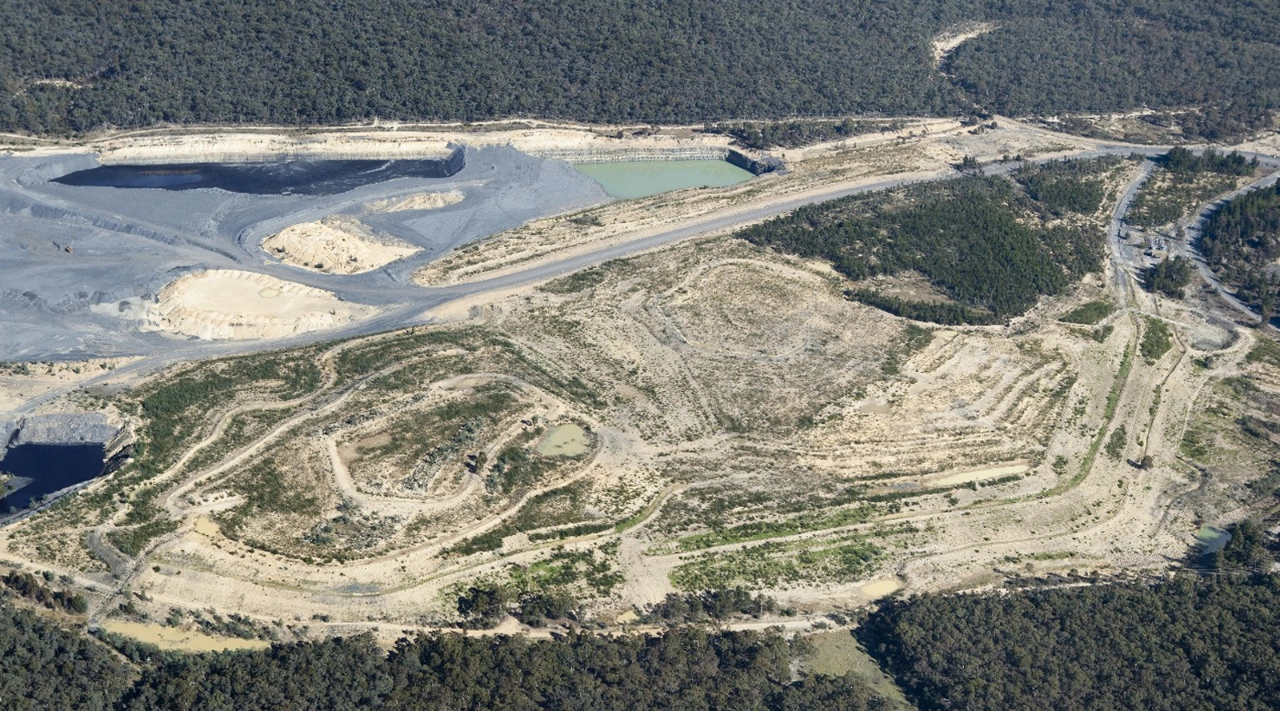There are teams of experts all over NSW restoring the land that is used productively for mining.
Including environmental scientists, water experts, farmers, engineers, drone pilots and more.
And it’s happening all the time.
We operate under strict environmental laws, including regulation of mined land rehabilitation. Before a mine starts operating, we make commitments on how the land will be restored for the future.
Like creating native bushland, renewable energy projects, productive farmland for cattle grazing. And one site is even being turned into a motorsport park near Newcastle.
In the Hunter Valley alone, 35 percent of the land used for mining is already under rehabilitation (source: Upper Hunter Mining Dialogue).


















